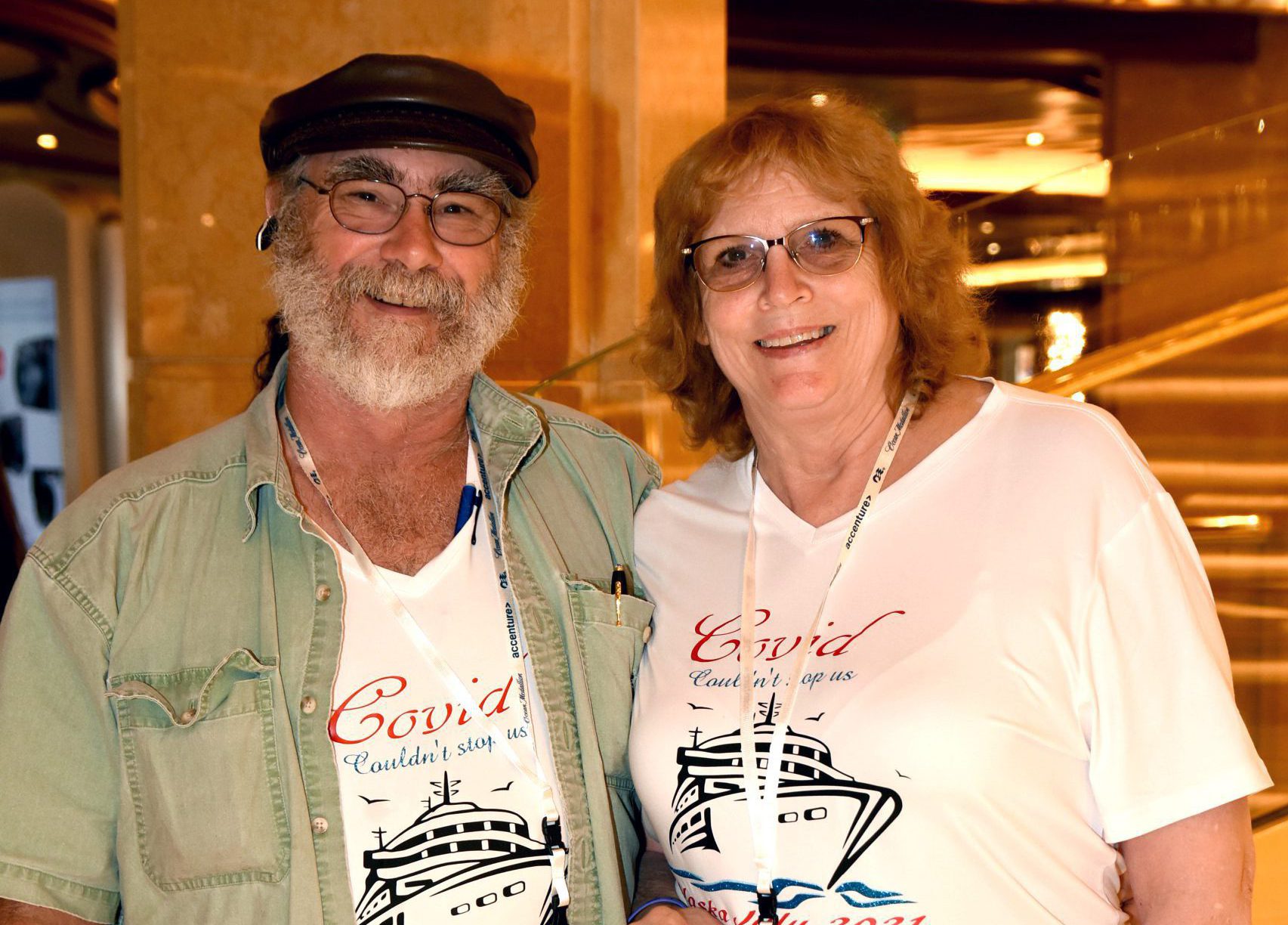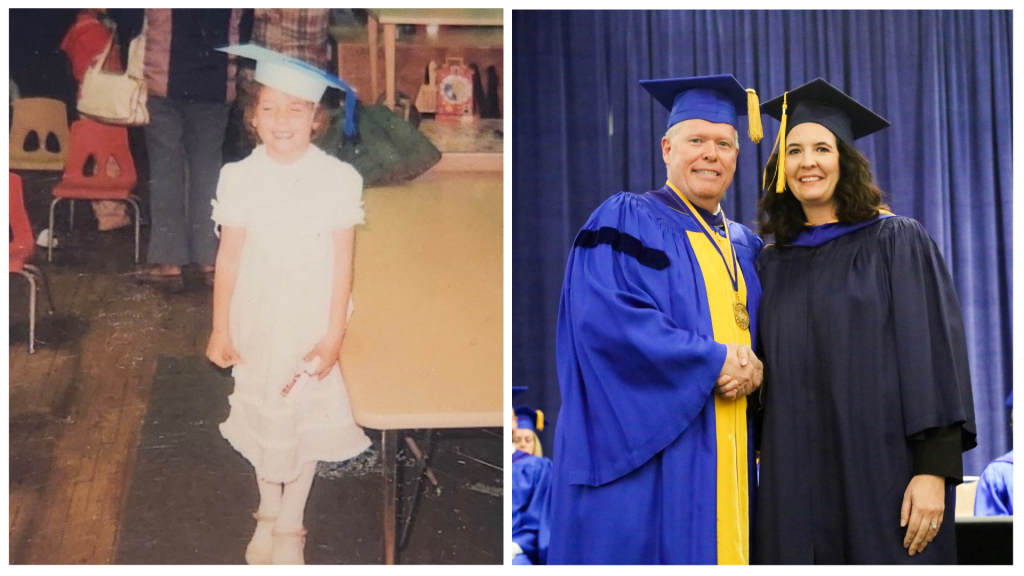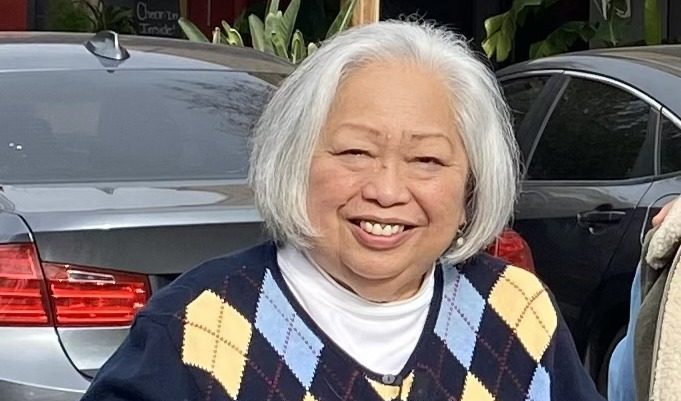Pictured: Lyle Vanhorn and Terri Vanhorn
With 30 years under his belt as a telecommunications network contractor, Lyle Vanhorn has scaled incredible heights and balanced irregular work hours that would flummox the best of us.
So, when in 2022 a 5 a.m. wakeup call found him suddenly unable to speak or fully move, the 59-year- old Colfax, Calif., resident realized something was drastically wrong. The evening before, he felt fine and was in normal health.
“I knew the words I wanted to clearly speak, but I couldn’t utter any of them,” says Vanhorn.
Due to the quick action of his wife and stroke specialists at Sutter Health, Vanhorn’s life was saved and he’s showing no effects of ever having a stroke. In addition, his participation in a study on a stroke drug called Tenecteplase, or TNK, may have profound effects on how stroke care is delivered to thousands of others.
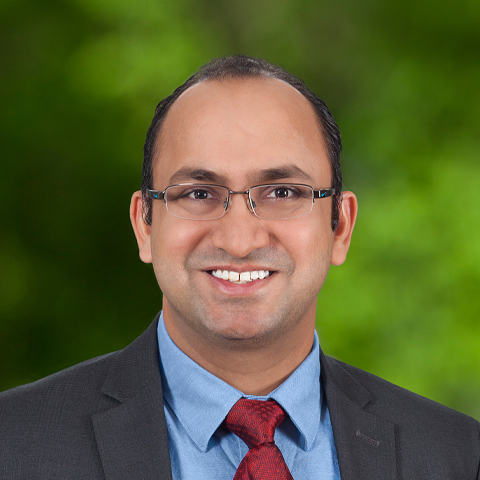
Dr. Manoj Mittal is the Medical Director of Stroke and Neurocritical Care at Sutter Medical Center, Sacramento
“Time = Brain”
When individuals like Vanhorn experience stroke, their brain cells begin dying seconds after a clot blocks blood flow and oxygen to the brain. This increases risk of permanent disability and death.
“Thankfully, the speed of innovation at Sutter Health has kept pace with the race to get patients the urgent stroke care,” says Dr. Manoj Mittal, medical director of Stroke and Neurocritical Care at Sutter Medical Center, Sacramento. “From clot-busting drugs, AI-based imaging and a Mobile Stroke Unit, to tiny devices that remove or dissolve clots in arteries, new treatments and technologies are getting patients the care they need to recover from stroke as free from disability as possible.”
Stroke specialists at Sutter Auburn Faith Hospital, where Vanhorn was first assessed and received CT and CTA scans, could not give him the clot-busting drug Tenecteplase, or TNK, to dissolve his clot because he had surpassed the 4.5-hour time window for its administration. A higher level of care was needed.
Integrated Stroke Care
For additional expert care to treat his ischemic stroke, Vanhorn was swiftly transferred to SMCS – designated in 2021 by The Joint Commission as an Advanced Comprehensive Stroke Center and capable of providing patients highly specialized stroke care and access to groundbreaking research.
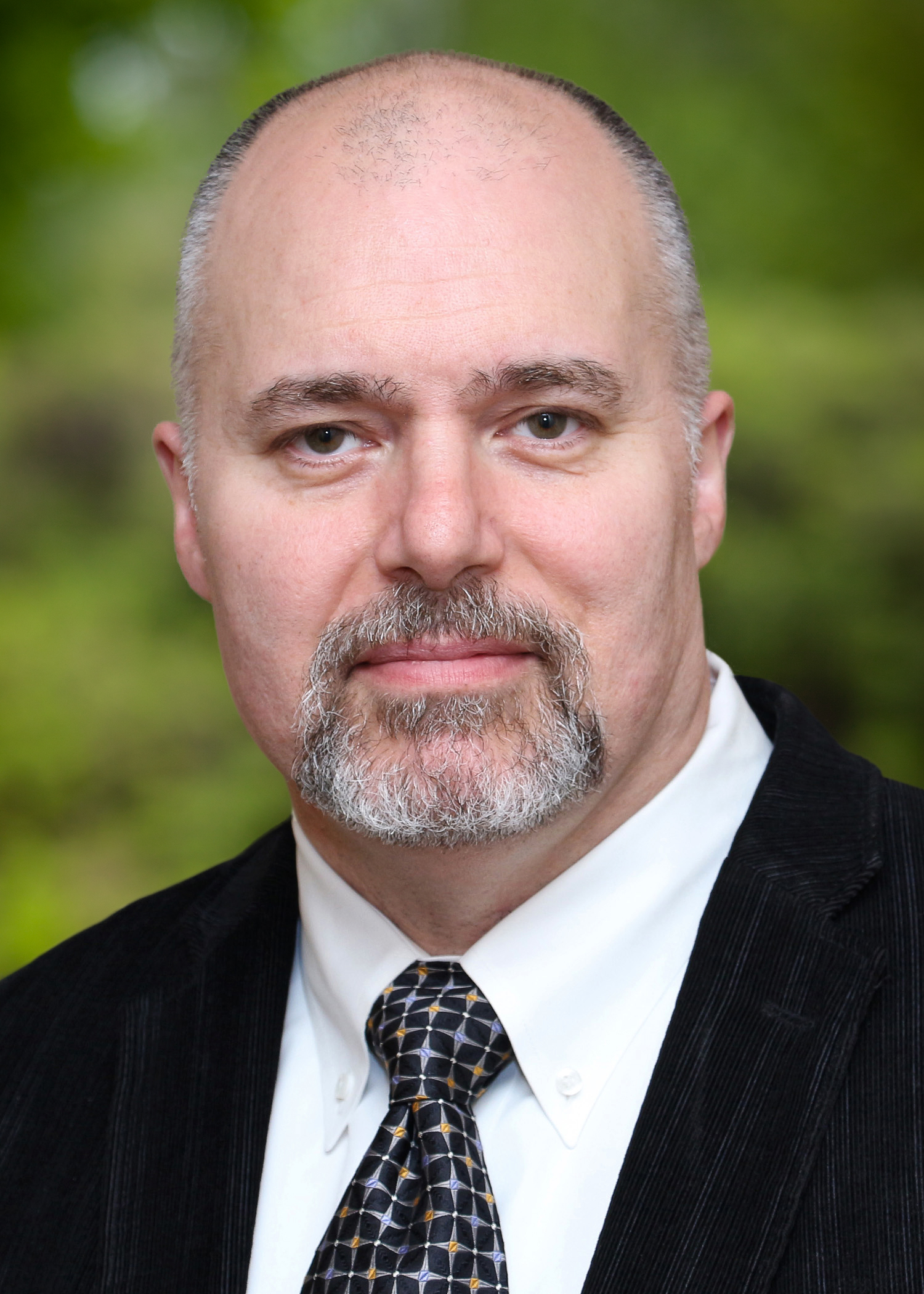
Dr. Bahram Varjavand is an Interventional Neuroradiologist at Sutter Medical Center, Sacramento
At SMCS, Vanhorn’s wife met Dr. Mittal, who described a new clinical trial, TIMELESS, by which Vanhorn could still potentially receive treatment with TNK. Because of the type of study and its design, Vanhorn would have a 50% chance of getting TNK versus placebo in the clinical trial. Vanhorn’s wife consented on his behalf to enroll him in TIMELESS and maximize his chance for recovery.
Dr. Mittal’s colleague Dr. Bahram Varjavand, an interventional neuroradiologist at SMCS, performed a procedure called a thrombectomy to remove the clot from Vanhorn’s brain. During a thrombectomy, doctors use a specially-designed clot removal device inserted through a catheter to pull or suck out the clot, to restore blood flow. The device can remove clots that are too big to be broken down by clot-busting drugs.
For Vanhorn, the effects were lifesaving and lifechanging: within hours of the thrombectomy, he was able to speak and move normally again as doctors continued monitoring his recovery. An MRI scan of his brain showed no residue of the stroke-causing clot.
“Two days after the thrombectomy, I delivered a ‘thank you’ card to the care team who so expertly and compassionately saved my life,” says Vanhorn, a grandfather to four children.
Use B-E-F-A-S-T to identify stroke signs and symptoms
Invaluable Research
The Phase 3 double-blind, randomized, placebo-controlled TIMELESS clinical trial enrolled adults who experienced a recent ischemic stroke or stroke symptoms. The study was designed to compare how well the study drug (Tenecteplase/TNK) worked for people with such criteria.
Findings from the study were published in the New England Journal of Medicine by TIMELESS investigators including Dr. Mittal. Sutter Health was one of a select few institutions in California that offered patients the opportunity to enroll in the study.
Emergency department physicians at Sutter Auburn Faith Hospital could not give Vanhorn TNK because, prior to studies such as TIMELESS, American Heart Association guidelines limited the use of this medication to 4.5 hours from the time the patient was last seen normal.
Results of TIMELESS showed that outside certain limited subgroups of patients the use of TNK between 4.5 to 24 hours after stroke in patients with occlusions of the middle cerebral artery or internal carotid artery did not result in better clinical outcomes than those with placebo. Notably, this was the first study to show that intravenous (IV) thrombolytics, such as TNK, could be given up to stroke patients up to 24 hours without an increase in the incidence of brain hemorrhage.
Dr. Mittal says the study reveals crucial insights into the effectiveness of clot-busting drugs within extended time frames.
“Findings from TIMELESS suggest there is no benefit of TNK in acute stroke patients who present 4.5 hours after stroke onset with a large clot in their brain,” notes Dr. Mittal. “People like Mr. Vanhorn who are willing to participate in clinical research are key to advancing knowledge of stroke treatments for our communities.”
Reflecting on his participation in the study, Vanhorn says, “I believe research helps advance science. So, I’m proud to have joined the study knowing information about my stroke may help refine treatment and benefit other individuals for generations to come.”
Stroke remains one of the most pressing medical emergencies and the leading cause of long-term disability in the United States. Stories like Vanhorn’s offer hope. With initiatives like Sutter Health’s advanced stroke network and clinical trials like TIMELESS, the future of stroke care is brighter than ever.

